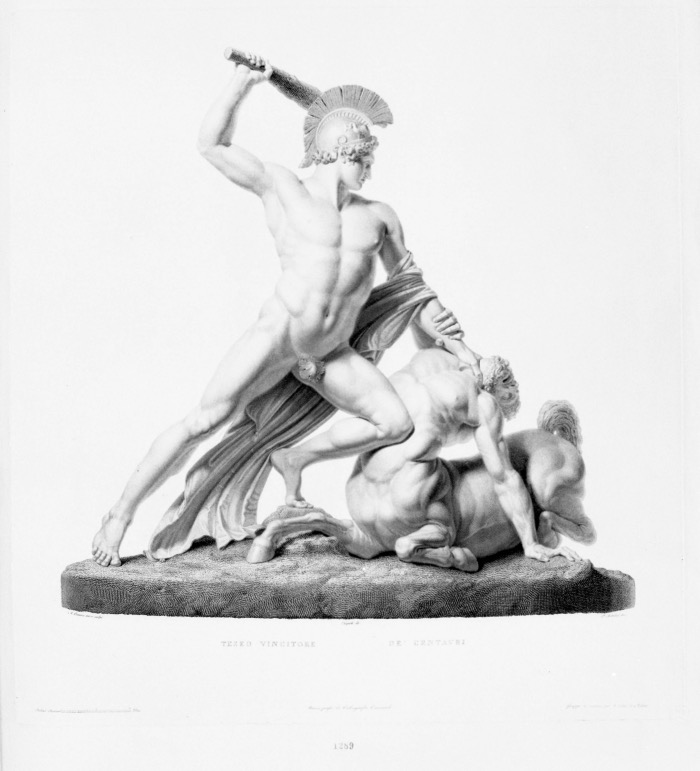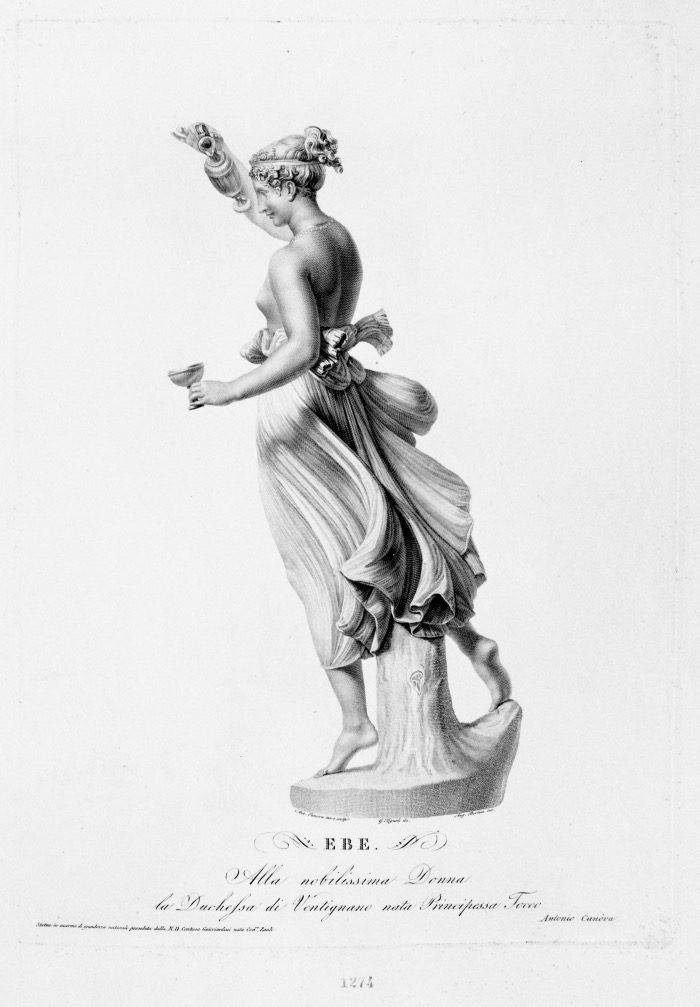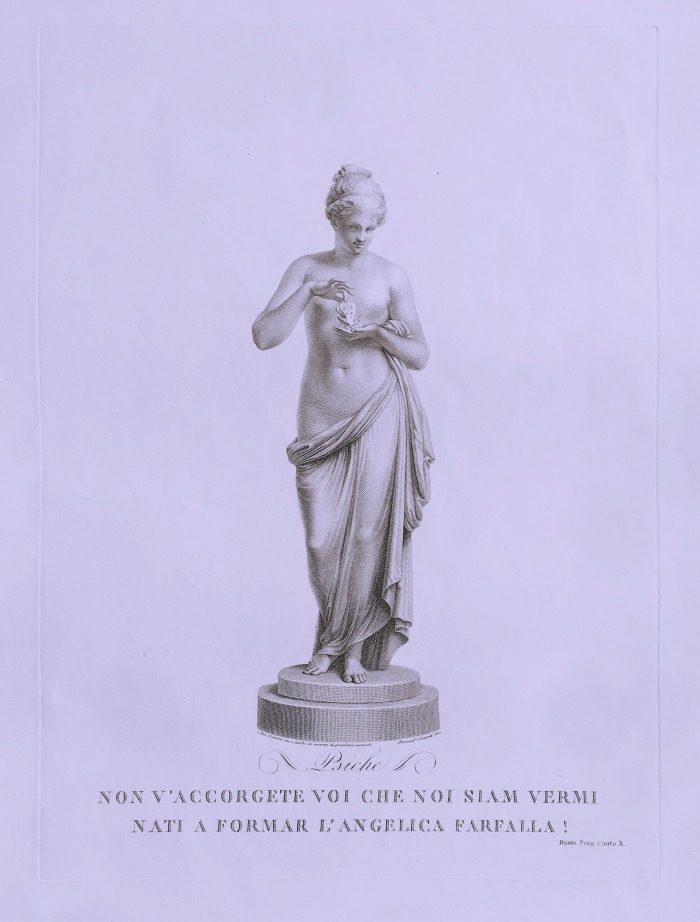
ANTONIO CANOVA’S ENGRAVINGS: WORKS OF ART AND MARKETING TOOL
Everyone knows the sculptures but few have ever seen the engravings of Antonio Canova.
Yet these works are valuable because they describe not only the career and works of a great artist but also his ability to promote himself.
The engravings of Antonio Canova

Antonio Canova was the great artist of masterpieces such as Pauline Borghese and Cupid and Psyche, but he was also a man who was attentive to his own image and a perfect connoisseur of the importance of marketing.
It was in the engravings dedicated to his works that the artist found the privileged tool to make his artistic production known to the world.
THE COMPLETE COLLECTION OF ENGRAVINGS BY ANTONIO CANOVA
Entire albums of engravings by Antonio Canova have been preserved, allowing us to get to know his works, but also to discover how attentive he was to promoting his work.
These albums of engravings belong to private and public collections, but there is a particularly valuable one because it is a monumental volume, with all of Canova’s engravings, donated in 1837 to the University of Treviso by Antonio Canova’s brother, Giovanni Battista Sartori.
The collection of engravings by Antonio Canova in the Ateneo di Treviso is unique both for its size (90 x 73 cm closed format) and for its content, no less than 86 branches by different artists.
The work, which has been restored, was exhibited for the first time, and reproduced in its entirety as an appendix to the catalogue, in the exhibition ‘Canova gloria trevigiana’ (Canova Glory of Treviso), which also presented two works by Canova restored to their former glory.
ANTONIO CANOVA’S ENGRAVINGS AS A PROMOTIONAL TOOL
As soon as Antonio Canova began to enjoy success in Rome, he decided to have large engravings made from his own works, from ‘Theseus Victorious over the Minotaur’ to the papal funerary monuments of Clement XIV and Clement XIII.
This was an uninterrupted practice that developed into a remarkable series of engravings, always supervised by the sculptor and sometimes executed from the plaster model.
His attention was professional and almost maniacal.
No other sculptor had ever planned and carried out such an activity of reproducing his own work.
This allows us to understand, therefore, that Antonio Canova was not only a great artist but also a skilful promoter of himself, as he planned a detailed promotional campaign.
Antonio Canova took great care in the production of engravings, aware that this was the main means of knowledge of his work, both by the public and by critics, who often relied on the prints to comment on his work and his style.

THE SUCCESS OF ANTONIO CANOVA’S ENGRAVINGS
The engravings of Antonio Canova were therefore a means to find new patrons and to increase his fame, however these works began to become coveted and the collection of ‘Canova’ engravings was born.
This enabled Canova to find a new line of business by deciding to make a quantum leap in the practice of reproduction and taking tighter control over the production of engravings.
Canova founded his own chalcography with which he could not only produce his own engravings of his works but also distribute them and earn money from the sale of his engravings.
They are now an important tool for us to learn about Canova’s works and his skill as an entrepreneur of himself.

